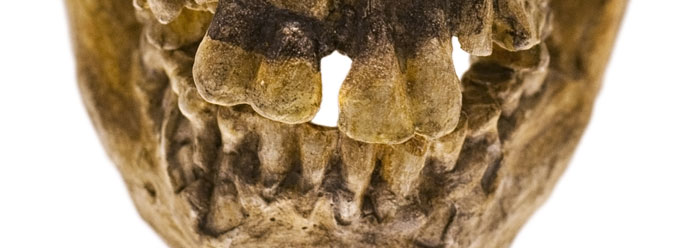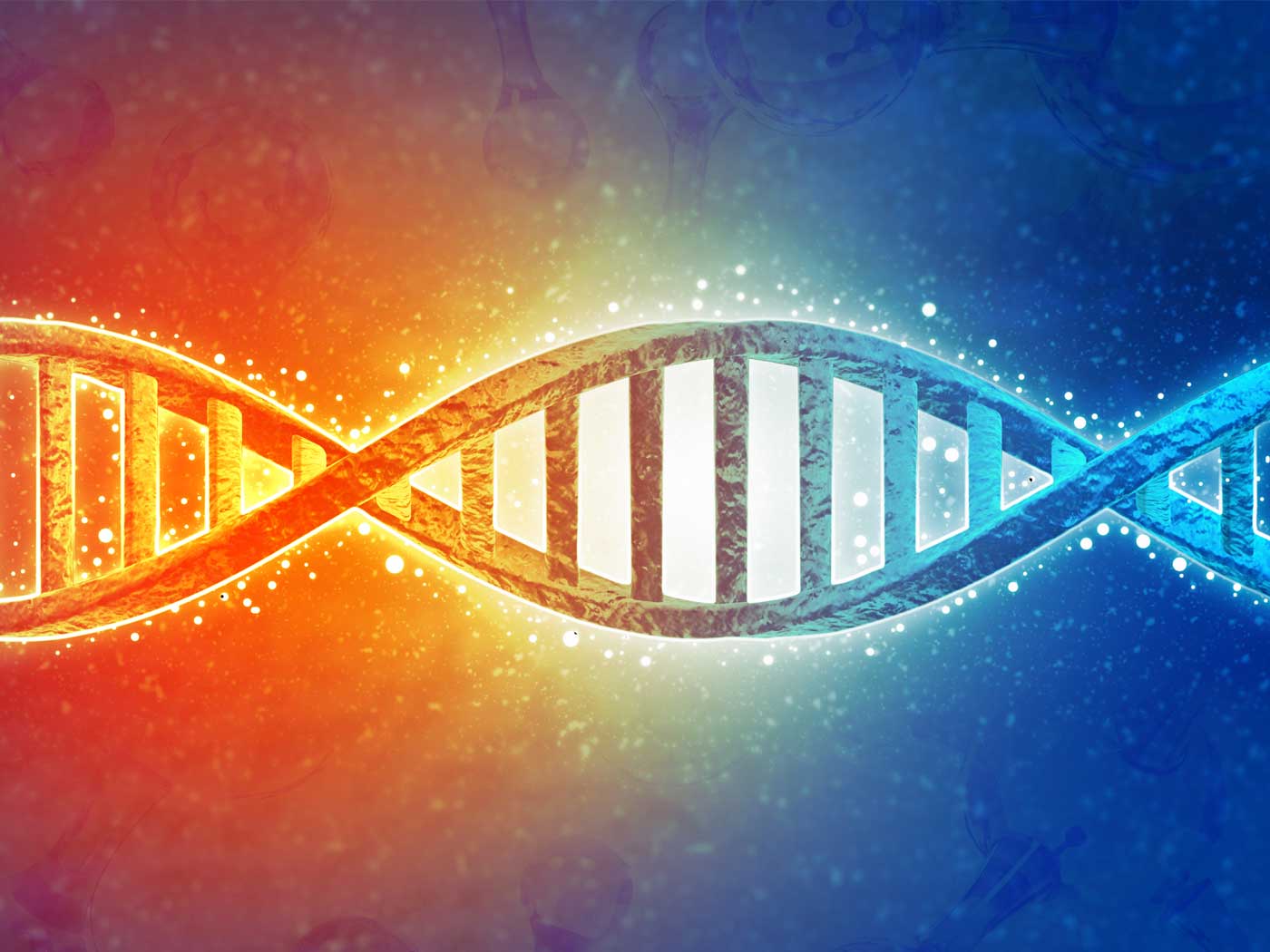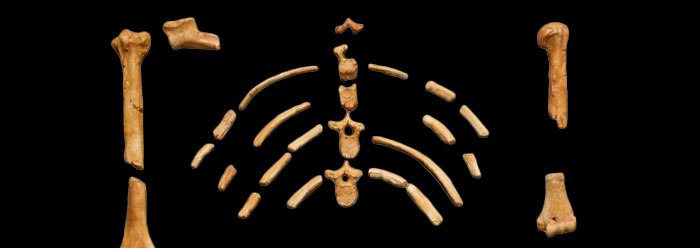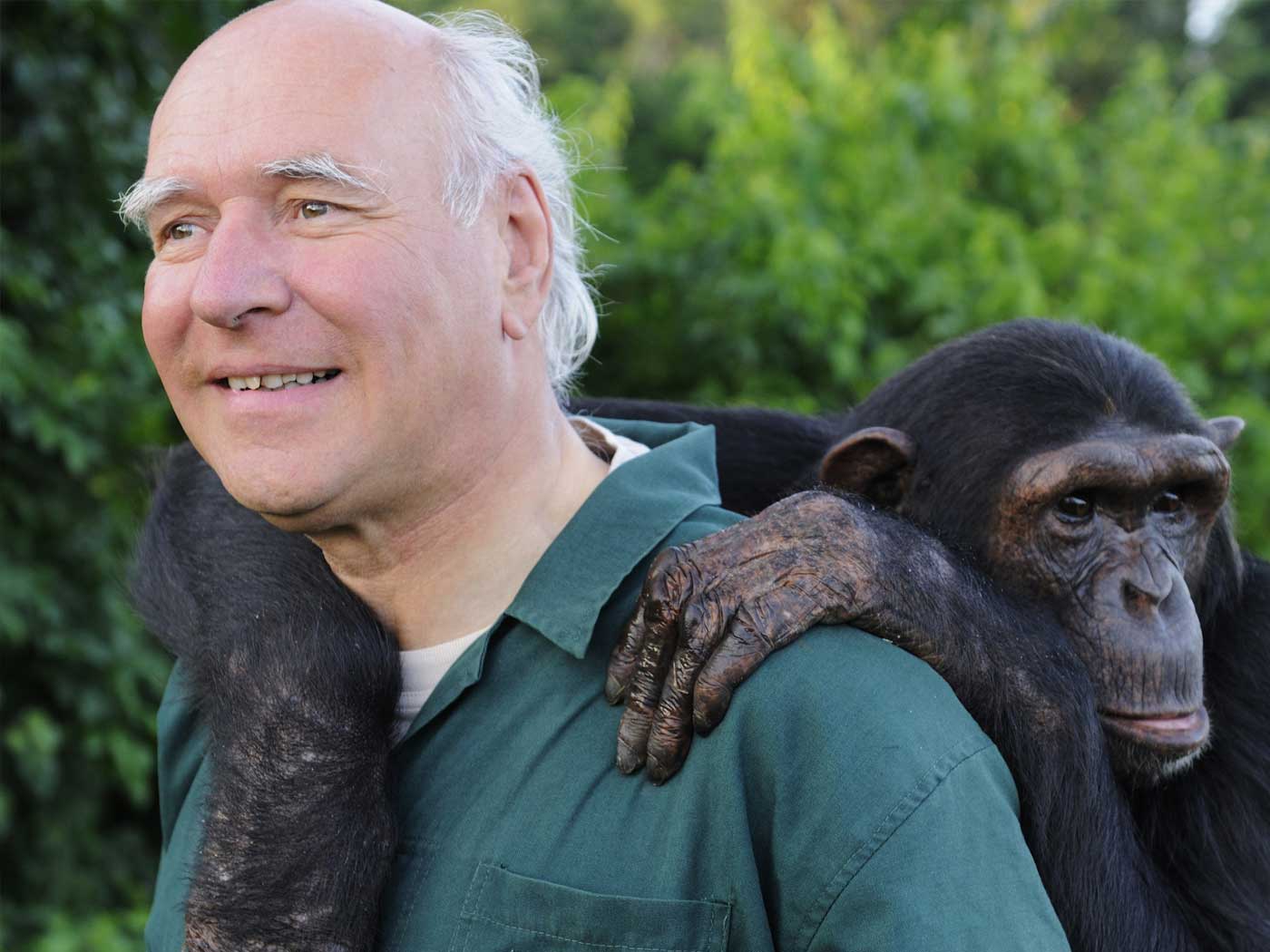Secular scientists have told incredible stories for over a century about how fossil teeth supposedly support the idea that humans evolved from primates. A lack of knowledge about tooth development has provided fertile ground for wild speculations about evolving tooth sizes, skull shapes, foot shapes, and even life habits. A new report changes all that conjecture.
Countless scholars have presumed human evolution before they even looked at the paleoanthropology evidence—which are just handfuls of teeth and skull fragments. One infamous chapter saw a fossil pig tooth interpreted as coming from an extinct ape-man.1 How would actual biological knowledge of tooth growth have affected these evolutionary conjectures?
An international group publishing in Nature showed that the second and third molars develop according to the size of the first molar.2 In modern humans and extinct human varieties like Neandertals, molars tend to grow slightly smaller toward the rear of the mouth. In extinct apes called australopiths3 the molars "tend to get bigger towards the back," according to a brief Nature summary of the work.4 With this model, researchers measure a single tooth and use it to predict other molar sizes.
This research conveys at least three implications for origins. First, it erases prior attempts to fit tooth sizes into evolutionary speculations. Anthropologist Aida Gómez-Robles at the George Washington University wrote for Nature, "This complexity may make teeth less useful for inferring phylogenies than we tend to recognize."4 In other words, the newfound fact that biology explains tooth sizes undermines the century-old endeavor of constructing phylogenetic trees to illustrate speculative evolutionary relationships.
Second, teeth do not directly develop according to unknowable ancient natural factors like diet, but according to a biological program. Where did that program originate? All known programs come from real live programmers.
Lastly, this research shows another anatomical distinction between man and apes. Modern and extinct human variations exhibit a distinct tooth characteristic—molars become smaller toward the back of the mouth. Extinct ape molars had the opposite trend. This fits with other key anatomical distinctions between man and apes, like hand shapes,5 foot shapes,6 hip shapes,7 plus unique inner ear and skull orientations.
Programmed biology, not evolution, explains ape and human molars. Time will tell if those secular scientists who built careers on tooth evolution stories will accept the speculative nature of their conjectures or not.
References
- Parker, G. 1981. Origin of Mankind. Acts & Facts. 10 (11).
- Evans, A. R. et al. 2016. A simple rule governs the evolution and development of hominin tooth size. Nature. 530 (7591): 477-480.
- The australopith genera included in the study were Ardipithecus, Australopithecus, and Paranthropus.
- Gómez-Robles, A. Palaeoanthropology: What teeth tell us. Nature. 530 (7591): 425-426.
- Guliuzza, R. 2009. Made in His Image: The Connecting Power of Hands. Acts & Facts. 38 (10): 10-11.
- Thomas, B. 2009. Did Humans Evolve from "Ardi"? Acts & Facts. 38 (11): 8-9.
- Thomas, B. Evolutionist Tosses out 'Ardi' As Human Ancestor. Creation Science Update. Posted on ICR.org June 8, 2010, accessed March 3, 2016.
*Mr. Thomas is Science Writer at the Institute for Creation Research.
Article posted on March 14, 2016.
























